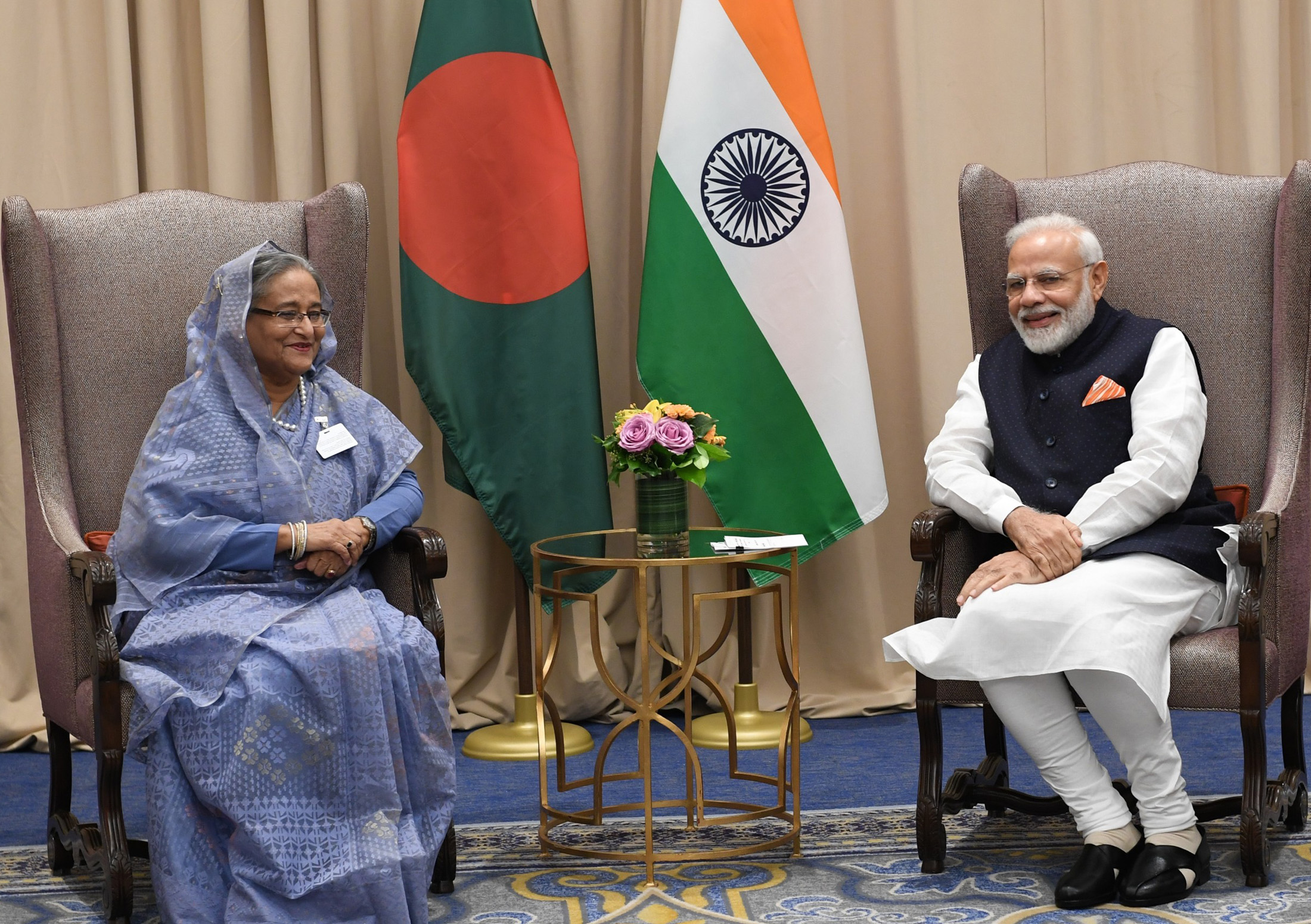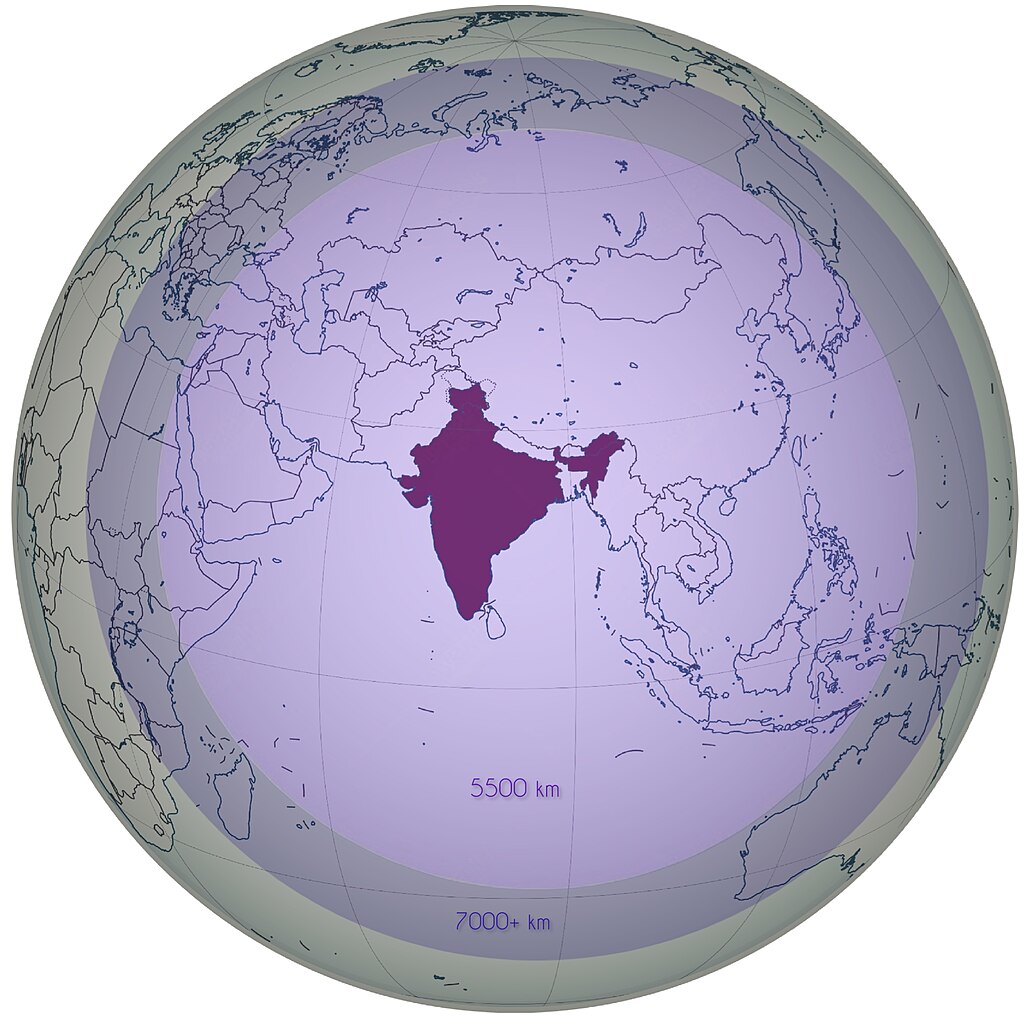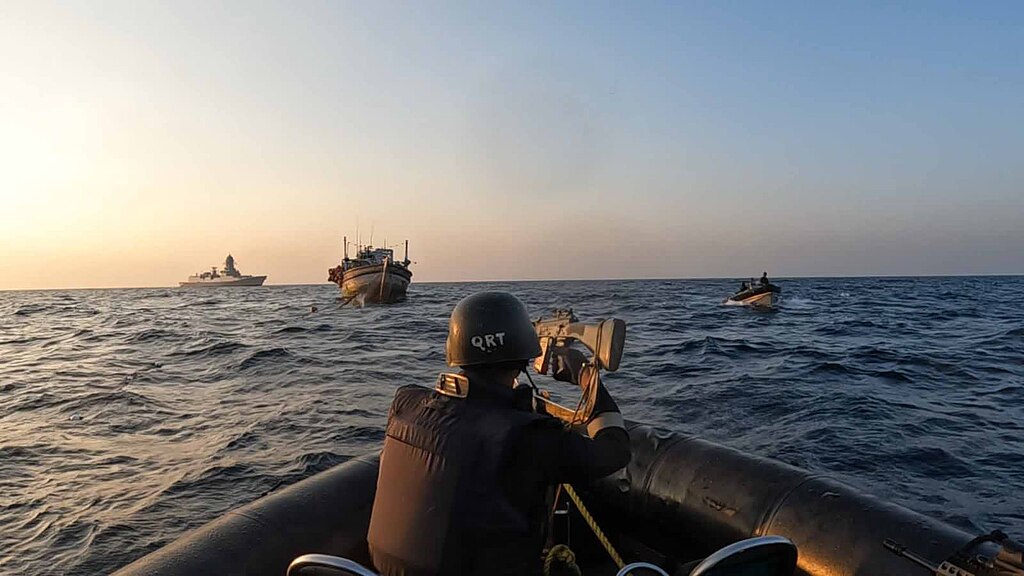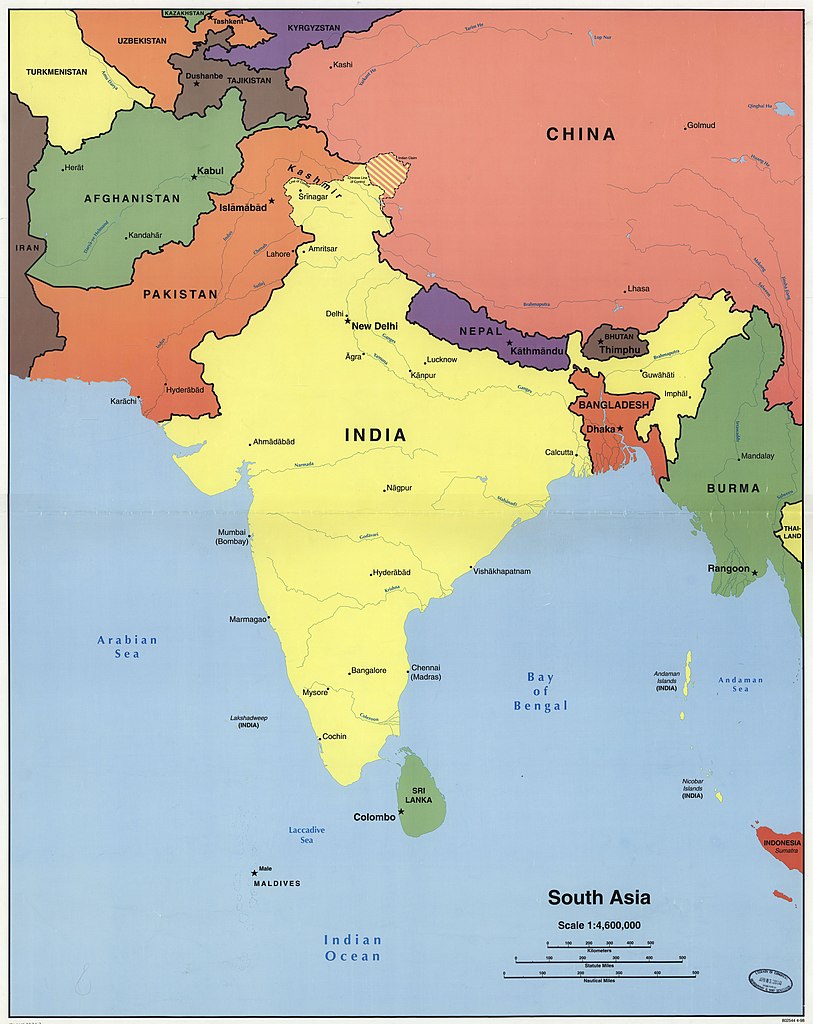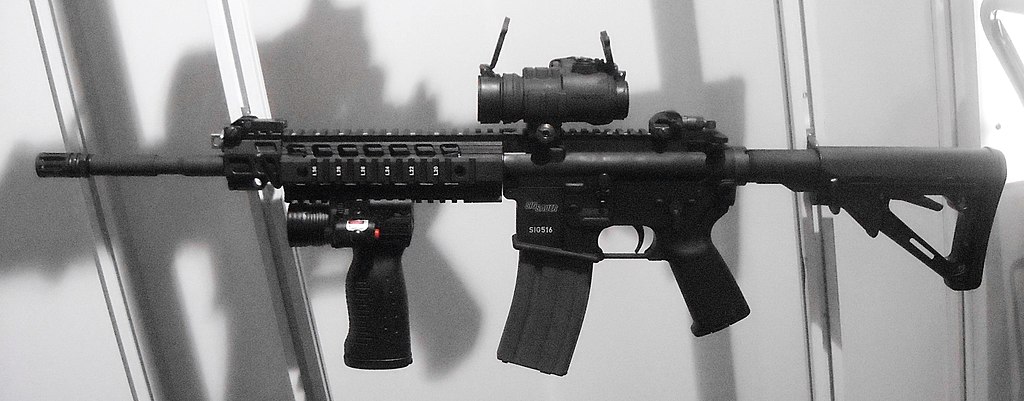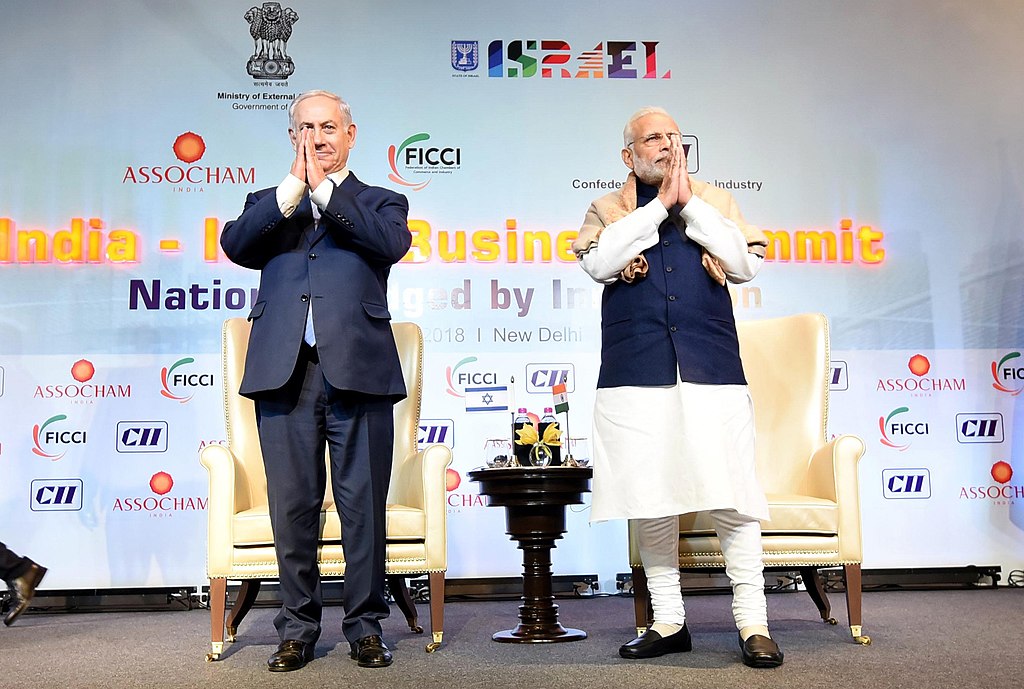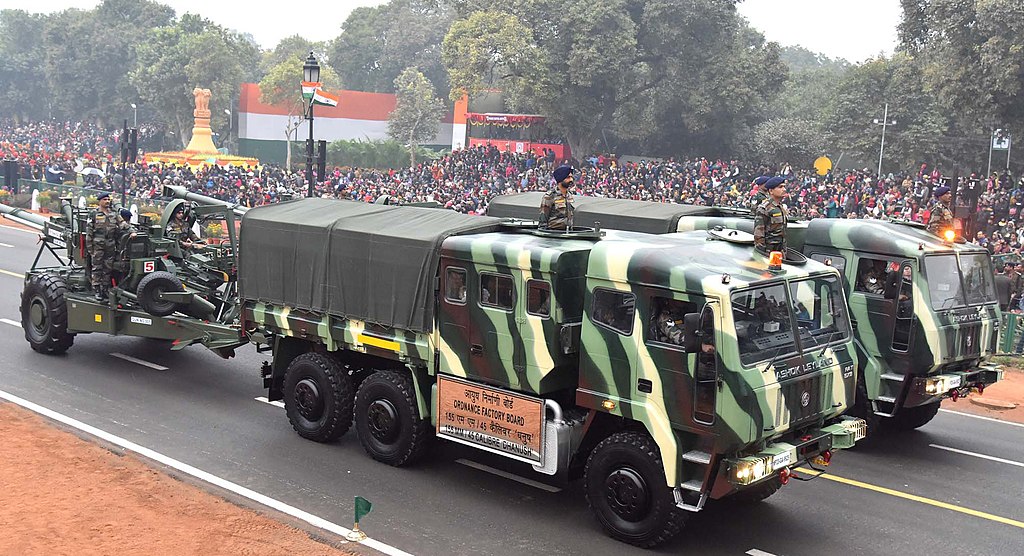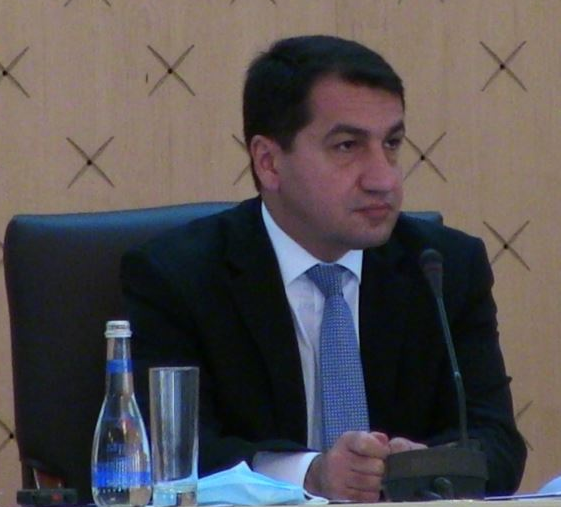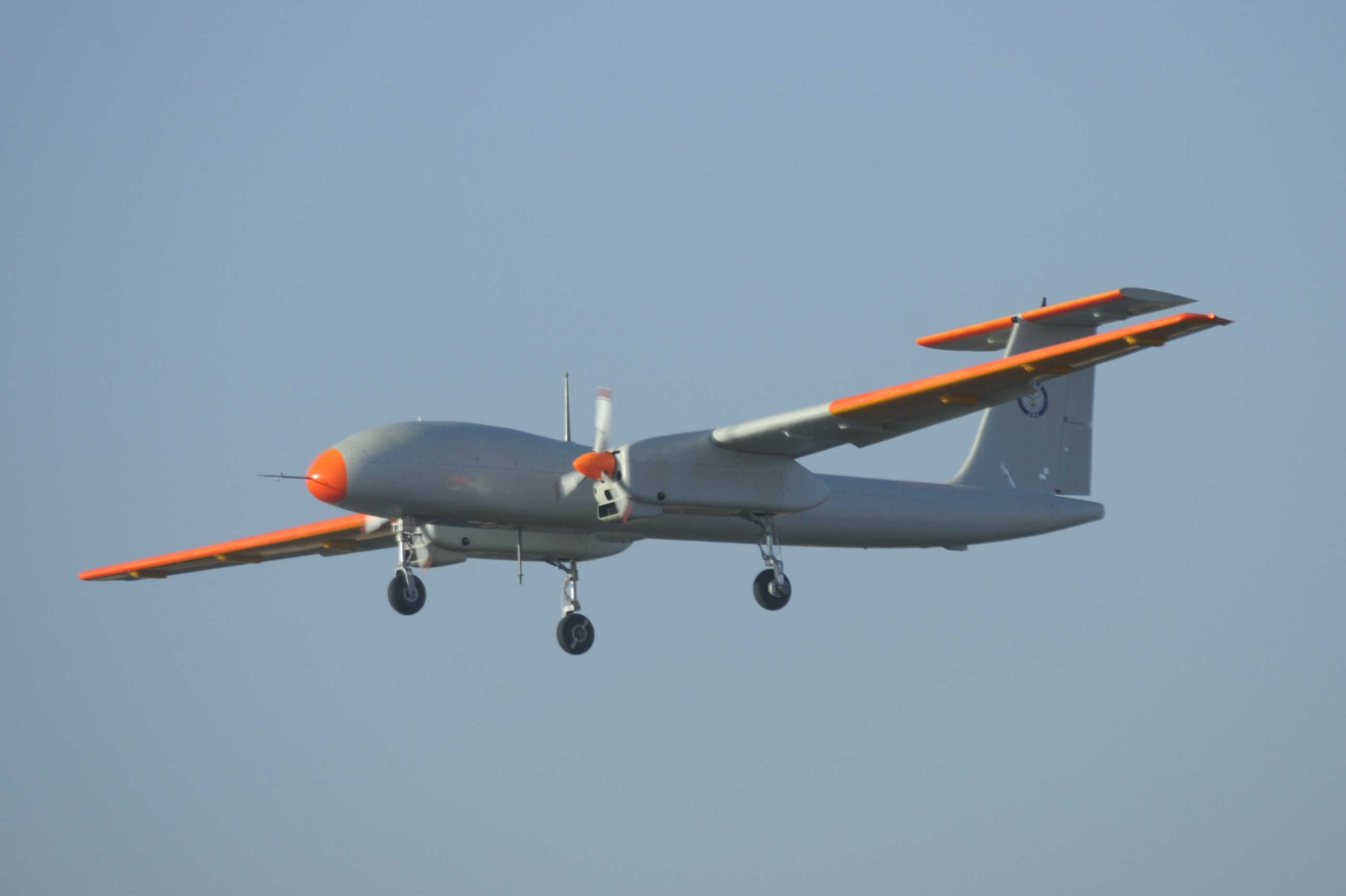
India’s Rustom-II in Flight during a testing phase. Note: the Rustom UAV is now referred to as the TAPAS.
“The TAPAS underwent tests before the armed services and the Ministry of Defence (MoD) proceeded to acquire the MQ9s.”
As India has made a push to build up its defense industry, it occasionally allows the armed forces to make acquisitions of weapon systems outside of Indian production venues. This occurs when there is an urgent operational requirement and no viable alternative available from Indian companies.[i] To that end, officials in the Indian armed forces announced earlier this year they had purchased 31 MQ-9B Reaper Unmanned Aerial Vehicles (UAVs) from the United States under an Acceptance of Necessity acquisition.[ii]
India’s acquisition of the MQ-9B UAVs, instead of a system from India, brought to light ongoing issues with UAV development in India as reported on by the accompanying excerpted article from India’s independent think tank, the Observer Research Foundation. The article notes that Indian officials chose the MQ-9Bs over an equivalent Indian system, the TAPAS, due to numerous issues with the latter’s development and testing. The author points out that TAPAS is being revived by the Indian Air Force despite the MQ-9B purchase, but significant issues remain. One of the most notable challenges is that TAPAS is apparently reliant on Chinese parts like other Indian-developed UAVs. While importing parts for UAVs from China is more cost-effective, it could compromise security, and India’s Ministry of Defense has warned the defense industry about sourcing parts for UAVs from China.
The article concludes by stating that while India has yet to produce a UAV suitable for the military, like TAPAS, there is still potential for domestically produced UAVs if the government, the armed forces, the Defense Research Development Organization,[iii] and the Indian defense industry all continue to push for it. However, the impact of the Indian armed forces continued acquisitions from outside the country’s defense industry on this situation remains uncertain.
Sources:
Kartik Bommakanti, “Despite MQ9B purchase, the Indian Air Force and Indian Navy revive TAPAS,” Observer Research Foundation (independent think-tank in India), 13 September 2024.
Earlier this year, the Modi government’s announcement that India will purchase 31 MQ9-B Reaper Unmanned Aerial Vehicle (UAVs), also known as Predators, developed by the United States’ General Atomics, came as a shot in the arm for the Indian armed forces. The Indian Navy (IN) will get 15 naval variants of the MQ9 UAVs dubbed the Sea Guardians for maritime missions, whereas the Indian Army (IA) and the Indian Air Force (IAF) will get eight each…The Reapers are primarily geared for ISR missions, but they can also perform strike missions, and the ones being purchased by India are multirole…even if this purchase is not consistent with the government’s flagship Atma Nirbhar Bharat (ANB) initiative…
All the factors mentioned above outweighed whatever capabilities the Tactical Airborne Platform for Air Surveillance (TAPAS), India’s native Medium Altitude Long Endurance (MALE) drone, could bring to the armed forces…[TAPAS] was consumed by excessive development time and cost overruns, after its initial launch was pegged at a price of INR 1,650 crores or roughly US$ 200 million. By early January of 2024, the revised costs surged to INR 1,786 crores or US$ 215 million…
A key technical deficiency of the TAPAS drone is its engine, which is a fundamental weakness plaguing other Indian aircraft development programmes…The TAPAS underwent tests before the armed services and the Ministry of Defence (MoD) proceeded to acquire the MQ9s…
Thanks to the IAF and IN, the TAPAS is being revived despite its technological deficiencies. The IAF sees the TAPAS, notwithstanding its lack of endurance, worth improving on progressively, which it seeks to deploy along the Line of Actual Control (LaC)…
More recently, the Ministry of Defence (MoD) has warned against both private sector enterprises and government-run entities like the DRDO sourcing drone parts from the Peoples Republic of China (PRC) for military UAVs. Nevertheless, private industry still relies on Chinese supplied spares…The TAPAS may have the support of the IAF and IN, but more broadly the domestic drone industry is heavily compromised by its dependence on spares and components from China. India confronts a trade-off—allow spares for military drones in particular to be sourced exclusively from non-Chinese sources, especially from native industry, thereby driving up costs and prolonging development time, or in a bid to keep procurement costs low for UAV components, allow the security of its drones to be compromised in key areas such as camera functions, communications, radio transmission and software security that are vital to military operations…
Although there is not a single Indian drone that can be considered militarily worthy…there is no reason to feel completely bleak about the future of military drone development in India, provided there is sustained effort by the government, the armed services, the DRDO and industry.
Notes:
[i] The Indian government set this requirement as part of Prime Minster Modi’s Atma Nirbhar Bharat initiative, or the “Make in India” initiative, beginning in 2014. The initiative mandates that the Ministry of Defense make acquisitions from the Indian defense industry to bolster growth and development of Indian companies. In recent years, India’s Ministry of Defense has gone outside of the Indian defense industry under government allowed exceptions to the initiative for what Indians have called “fast track” acquisitions, which fulfill urgent operational requirements for items such as new assault rifles. For a recent example of this, see: Snehesh Alex Philip, “Indian Army orders fresh batch of 73K SIG SAUER 716 rifles from US under emergency procurement,” The Print, 27 August 2024. https://theprint.in/defence/indian-army-orders-fresh-batch-of-73k-sig-sauer-716-rifles-from-us-under-emergency-procurement/2240975/
[ii] The Acceptance of Necessity differs from the “fast track” acquisitions to allow for more expensive acquisitions, like the MQ9-B UAVs. For other recent examples of Acceptance of Necessity acquisitions, see: Dinakar Peri, “Defence Acquisition Council clears heavy weight torpedoes, mid-air refuelling aircraft among major deals,” The Hindu, 16 February 2024. https://www.thehindu.com/news/national/defence-acquisition-council-clears-heavy-weight-torpedoes-mid-air-refuelling-aircraft-among-major-deals/article67854256.ece
[iii] India’s Defense Research Development Organization (DRDO) is an organization within the Ministry of Defense that has a history of working with companies in the defense industry to develop and produce various weapon systems.
Image Information:
Image: India’s Rustom-II in Flight during a testing phase. Note: the Rustom UAV is now referred to as the TAPAS
Source: https://en.wikipedia.org/wiki/File:Rustom_flight_2_(cropped).jpg
Attribution: CCA 4.0

